
Monday - Friday, 9:00 am - 5:00 pm

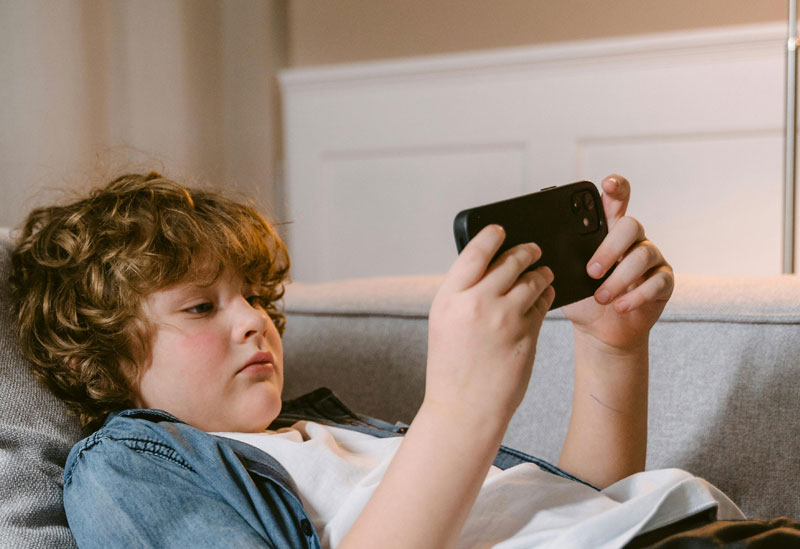
It seems to be common knowledge that technology use in children might have unrealized and negative consequences for the development of the child. It seems like many issues with social, emotional learning and social development may be interrupted or confounded by lots of device use such as phones and tablets. One overlooked problem is vision problems due to phone use. Staring at a phone screen can have several negative effects on vision, particularly in children who are still developing their eyes and vision. A detailed look and strategies to prevent trauma should be understood by parents and healthcare or professionals.
Nearsightedness, also known as myopia, is when vision is clear up close but looking at things in the distance becomes blurry. There is an increased risk to develop myopia when staring at objects that are very close, such as screens or even actual paper books. There is a growing body of evidence that suggests that prolonged or extended screen time contributes to the development and increased amount of myopia in children. Some studies have shown that children who are developing and are spending a lot of time on digital devices such as phones and tablets are at a much higher risk of becoming nearsighted or developing myopia because they are focusing on near objects for extended periods without any breaks.
Constant close up work and staring at a screen can lead to the elongation of the eyeball. This makes the eyeball less round and the development of an elongated eyeball leads to anatomical changes associated with myopia. Myopia can have confounding factors such as genetics and developing myopia can affect lifestyle and overall positive outcomes for the child during a lifetime.
Aside from myopia, general eye strain can happen from using digital devices and screens. Symptoms such as dry eyes, eye fatigue, sore eyes, red eyes, headaches, blurred vision and difficulty refocusing the eyes when looking at a distance can happen from long periods of screen use. Also reading books and other activities where vision use is constantly looking at close up things without any breaks or looking at far away things can cause eye strain.
Children and young adults might not have the knowledge to know that they are experiencing discomfort. Also, they do not express discomfort as well as an older peer. Also, children might not recognize symptoms of eye strain + also they don't know how to take breaks as frequently as needed. This can lead to less frequent breaks from activities such as staring at screens. The fewer breaks given to a child looking at screens and books is correlated with a higher risk of eye strain.
Dry eyes can occur when looking at screens because people, including children, will tend to blink less frequently during a screen time session. This case of keeping the eyes open for extended periods and not blinking can lead to dry eyes because blinking is crucial for spreading tears which lubricate the eyeball across the eye surface to keep it moist.
The light emitted from the screen along with the radiation passing towards the eyeball might also affect the quality of tear film and tear film distribution can be affected which can exacerbate dry eye conditions by causing parts of the eye to be drier than others.
The human eye is constantly developing and adapting to the environment in which it's used. Children's eyes are still developing their ability to focus and adjust on different objects. Overuse of screens and books will impair this natural development, leading to issues with focusing on objects at various distances. It is a crucial time of a child's life to develop proper eye anatomy and with overuse of screens in our modern world, it is expected that more people will develop problems with their eye anatomy due to screen use as children.
Blue light exposure is a concern for anyone who uses a screen before bedtime. Phones emit blue light through their screens which can interfere with melatonin production and also signal waking up responses and disrupt sleep patterns. It is well known that poor sleep can affect overall eye health and health in general in development of children at all ages
What can be done as a parent?
20/20/20 rule every 20 minutes. The screen user should look at something that's at least 20 ft away and they should stare at an object in the distance for at least 20 seconds during this break.
Also excessive use of screen time even if breaks are given is a contributing factor to eye issues. Parents should implement rules for screen time to ensure that children also have plenty of time to engage in activities that are outdoors and technology free. Exploring the outdoor world and focusing on things at a distance can reduce the risk of myopia.
Proper lighting is known to reduce the negative effects of screen exposure. Ensuring that the room or environment is well lit to reduce glare and contrast between the screen and the background will promote positive eye health.
Use the settings on the screen to adjust the brightness to the lowest level. And the contrast should also be minimized between the natural environment and the screen. Many devices have blue light filters or night mode settings that turn the colors to a more reddish hue which is healthier for the eyes.
Even if the child is not complaining about symptoms of poor eye health. Children should have regular checkups with an eye care professional to identify any early problems with vision or eye health.
Some recent studies have been completed and there are also ongoing studies to determine long-term effects of screen time on children. There is continuous research into how technology and screens affect vision. The screens are constantly evolving and the technology in the screens is changing so studies will be continuously changing.
A crucial aspect of caring for children is to monitor and manage children's screen time which will have positive outcomes for their visual health and in turn their entire well-being. It is necessary to encourage a balance between digital and non-digital real world activities that can help to reduce risks of the screens. If a parent is to notice any persistent symptoms in their child, they should consult an eye care professional or pediatrician.

Glaucoma describes a group of eye diseases and disorders that cause damage to the optic nerve. This is often due to intraocular pressure which is pressure within the eye that creates damage due to a lack of blood.
Open angle glaucoma is the most common type of glaucoma where the drainage system of the eye develops clogs slowly over time, this leads to a gradual and dangerous increase in pressure of the eye.
Angle closure glaucoma happens when the iris blocks the drainage angle which causes a sudden spike of high pressure. This can be an emergency situation that is brought on immediately. If you experience this type of angle closure glaucoma you will need to see emergency medical care. Often times the patient needs ambulatory services because driving ability is impaired.
Normal tension glaucoma is also another form of glaucoma which occurs when damage to the optic nerve happens despite the eye having normal pressure. This suggests that other factors in the body like blood flow to the optic nerve might have caused this type of situation.
Glaucoma can be overlooked for a few reasons including a lack of symptoms because early stages of open angle glaucoma are unnoticed, silent and symptomless.
This scenario can lead to a late diagnosis which makes outcomes less likely to be positive. For example, a person may not notice vision loss caused by open angle glaucoma until they lose a significant amount of peripheral vision.
This is commonly described as tunnel vision and is not noticed because most of the daily activities involve looking in your normal field of vision rather than the peripheral vision. The normal field of vision is not affected immediately, but the peripheral vision slowly degrades over time.
A common misconception about the eyes is that issues like glaucoma are only prevalent in the elderly. The older the population, The more common glaucoma is, but the fact is that many forms of glaucoma such as congenital glaucoma can affect all age groups including newborns, young adults and the elderly. In many areas, especially areas where doctor visits are less common, including in rural and less privileged communities. Regular access to eye and vision Care is more limited and awareness about what glaucoma is and how it occurs is less likely to be common.
For some, glaucoma is likely, but there are certain risk factors that increase the chances of developing glaucoma.
Risk significantly increases after the age of 40 and over 60 is a population that has the highest risk. A study showed that one in 10 people over the age of 80 has glaucoma although some people believe this number is higher due to unreported and undiagnosed cases. Many of us know someone who is not that old that has suffered from glaucoma. Family history has a huge correlation with the incidence of developing glaucoma. If a sibling has glaucoma, your risk is about double the risk of the average population. For example, genetic testing might show mutations in genes like MYOCor OPTN. These genes are associated with the onset of glaucoma genetic screening to determine if these genes are present. This may help to identify at-risk individuals for glaucoma.
Also high on the list for risk factors are other medical conditions. Such conditions as high blood pressure can affect the blood vessels in the eye and thereby increase pressure in the eye Diabetes also increases the risk of developing glaucoma due to potential vascular damage in and around the eye. Additionally, extreme nearsightedness also known as myopia alters the roundness shape of the eye and can potentially affect the way fluid dynamics perform in the eye socket.
Early detection is key to a good outcome of glaucoma diagnosis.
As we age, the importance of routine eye exams increases. The tonometry test is a test measuring the pressure of the eye. This is done at most eye exams. The doctor examines the optic nerve for signs of damage or cupping which can indicate early onset of glaucoma and a perimetry test looks at the visual field for blind spots that indicate glaucoma.
A comprehensive eye exam can detect early signs of glaucoma in a patient in their forties that has no symptoms. This diagnosis at an early stage can allow for immediate treatment and will prevent the loss of vision that could develop without a diagnosis.
There are two main categories of medications that are given to glaucoma patients: prostaglandins like latanoprost can help to increase fluid outflow from the eye. But these might also change the color of the eye over time which is not ideal. Beta blockers can reduce fluid production. However, these can also affect heart rate so they are not for individuals that are elderly or have confounding medical conditions such as obesity.
New technology has developed to allow laser treatments to assist in recovery from glaucoma. Trabeculoplasty uses a laser to increase drainage in the eye for open angle type of glaucoma. Iridotomy creates a hole in the iris for angle closure glaucoma to prevent fluid from blocking the iris. Many people opt for a surgical solution:Trabeculoplasty makes a new channel for fluid to leave the eyes often used when other treatments are not working properly. Also, glaucoma drainage devices can be implanted in the eye in severe cases to help fluid drain away from the eye.
The first thing that should be done is regular eye checks. For example, if your parent or sibling has glaucoma, you should get checked every 1to 2 years beginning with age 40. Learning about your family's history is important. Discussing your family's eye health history at all of your eye exams can help to inform the ophthalmologist's approach to screening and testing. Educating yourself can be an important part of the process because reading materials from organizations like Glaucoma Research Foundation can provide insights into identifying, managing and treating the condition that causes glaucoma.
Schedule regular eye exams. If you haven't had an eye exam in the past 2 years, make sure you book an appointment with an ophthalmologist or optometrist. Your eye doctor will perform the necessary tests to determine the health of your eyes while you're at your exam. Ask for glaucoma screening specifically, request tests for glaucoma and eye pressure tests even if your vision has no problems. Many people in your daily life will have experienced glaucoma or know someone who will, so share this information with friends and family, particularly those who have confounding risk factors such as diabetes or family history of glaucoma to encourage a proactive approach to eye health. Going through this with someone else can also be mentally helpful which can increase positive outcomes.
With early detection and proper management of this disease, the impact of glaucoma can be minimized significantly. If you let awareness play its course. Don't let the silent nature of this condition take sight away. Make sure you follow the recommended guidelines of your eye doctor.
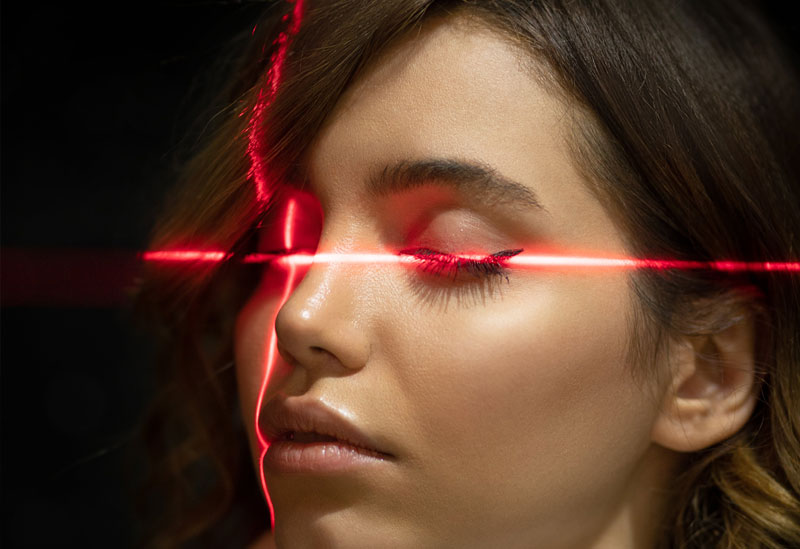
Eye surgery using lasers is commonly referred to as Lasik. Lasik stands for "Laser-Assisted In-Situ Keratomileusis". This type of surgery involves using lasers to change the shape of the cornea which will correct vision issues like myopia also known as nearsightedness, farsightedness and astigmatism Laser eye surgery is an outpatient procedure that should reduce or eliminate the need to wear glasses or contact lenses for at least a period of time.
Immediate vision improvement in most patients is common. Patients will notice a giant improvement in their vision health almost immediately after the procedure has completed. With many patients obtaining near perfect vision or even better by the following day.
The surgery tends to provide long lasting results. While some of the benefits of laser eye surgery are not permanent in all cases, many patients enjoy the benefits of Lasik surgery for many, many years. Some case studies are suggesting that stability over decades may last in healthy individuals.
The major benefit of laser eye surgery is reducing the dependency on corrective lenses like glasses and contacts. For patients who are excellent candidates, Lasik should mean the opportunity to have freedom from the daily hassle of contacts or glasses.
Every patient is different, so laser surgery comes with the benefit of customizable treatment. Advancing technologies have allowed for truly personalized treatments which increase the efficacy and precision of the outcome, especially for patients that require a complex prescription.
Another huge upside of laser eye surgery is the quick recovery time. The procedure alone is quite brief and the recovery is rather quick. Most patients are able to return to work and other normal activities within two days post operation.
Some children have been considered candidates for Lasik surgery. While typically performed on adults, new emerging research on Lasik has identified children as possible candidates. Children who are candidates have specific eye conditions, and it should be noted that not all children will be good candidates for Lasik eye surgery.
Driving and reading are not the only things that can be realized as a huge improvement. Athletes in particular can benefit from laser eye surgeries because increasing vision will enhance performance. Due to an increased amount of peripheral vision and not having to carry or wear eyewear during athletic activities.
Another fact to consider is the cost of the surgery versus the cost of buying and maintaining glasses and updating prescriptions. Every visit to an optometrist requires an appointment and a payment. Additionally, glasses must be custom made and manufactured, and broken glasses must be repaired or replaced. So, when you consider all of the costs of using glasses and contact lenses. The cost associated with laser eye surgery can be mitigated.
Undergoing Lasik can produce an unexpected benefit of reducing eye infections. By eliminating the need for contact lenses, laser eye surgery can lower the risks of developing eye infections, as contacts and their associated irritations to the eyes are eliminated.
Improved mental states have been recorded after patients undergo the surgery as well. The psychological benefit of not needing to rely on an external device such as glasses or contacts can greatly improve self-esteem, lower anxiety levels and increase lifestyle convenience.
Everyone understands that 20/20 vision is perfect vision, but there is a tier above 20/20 known as super-vision or vision that is better than 20/20. Using newer technologies like topography guided Lasik results better than 20/20 vision can be obtained giving patients "super-vision". That allows them to see more than what is considered to be perfect.
Dry eyes have been reported by many Lasik eye surgery patients. A common post surgery issue. In which the eyes do not. Create enough. Lubrication through. Tears. Is. A cause for concern. The condition of dry eyes can be temporary at times, but it might become chronic and long-lasting in some cases.
And while many ophthalmologists are offering laser correction, not all Lasik surgery is the same. There is a tendency for over correction or under correction. That is, there's a risk that a laser surgeon might remove too much or too small of an amount of coronal tissue. This can lead to the need for a second surgery or a new prescription for glasses.
Some patients also experience visual disturbances. At night time, when light is low, night vision issues like halos, streaking, glares and starburst shapes around lights are more of a common occurrence than often advertised, and these visual disturbances can become permanent in many cases.
Although this type of surgery uses lasers and precision guided instruments, there can be complications with the flap created on the cornea. Laser eye surgery involves creating a flap on the cornea by cutting perforation into the cornea. This can lead to complications because as the cornea heals it can become displaced or infected if it does not heal properly. It is absolutely necessary to follow all guidelines and precautions during the post-op period.
There are some conditions that some patients may have that disallows them from being candidates for laser eye surgery. Since using lasers to operate on the cornea is a relatively new medical field and changes are happening at a rapid pace, long-term effects beyond 15 years post procedure are still being studied.
After the operation has been completed, it is essential to monitor the healing process and determine the level of vision correction. Follow-up visits with your ophthalmologist will be required to determine how you are healing and the level of benefit that you've received from the surgery.
Wearing eye shields or glasses to protect your eyes after your surgery is critical at night or during activities that could endanger your eyes. These are the most crucial times to protect your eyes. The cornea needs to completely heal before any sort of dangerous activities can resume.
The cornea incision is like an open wound, and during recovery it is crucial to stay away from environments where irritants such as dust or smoke or chemicals are present in order to prevent an issue with healing that could endanger your eyes and the outcome of the surgery.
Laser surgery offers many new advantages for those who want to find a way to reduce their need for wearing glasses or contacts. That being said, it is critical to have a thorough consultation with an ophthalmologist who is respected to ascertain if you are a good candidate for the surgery. Remember to discuss all potential benefits and to understand the full gamut of the risks. Sometimes knowing that there are risks may prevent people from embarking on a treatment on their eyes. Also, remember while Lasik has a high success rate, it is still a type of surgery, and like any medical procedure or surgery, it does come with risks that are inherent to operating on biological systems.
Before you decide to embark on Lasik surgery, make sure you choose a surgeon who has had no complaints and has a high level of competency. Make sure you understand what surgery entails and that you're prepared for post-operative care in advance. You may wonder if the risks are worth the benefits, and if that is the case, you may consider alternatives such as PRK or other refractive surgeries that might be more suitable for your level of risk. Also, the field of laser eye surgery is advancing at a breakneck speed so be informed to aid in your understanding. Both the common and less discussed aspects of laser eye surgery will aid you in making an informed decision about your health.
It is recommended that you make more than one consultation with a healthcare professional as you embark on your decision to obtain laser assisted eye surgery.
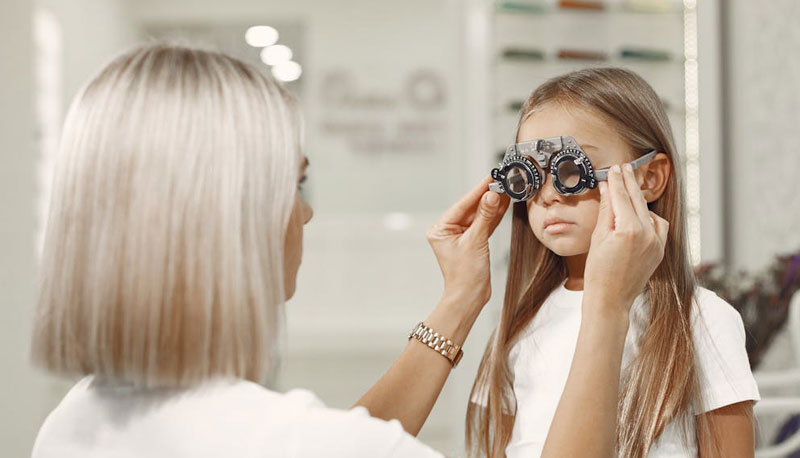
Children as young as four years of age should have their first eye exam. An early eye test screening can help to identify potential vision problems that can affect the child's ability to learn. The first test usually administered to a child is a vision test to determine vision ability near, and far.
If any vision impairment is detected, it is important for a child to have corrective lenses before the time of reading occurs.
Other health related issues that may be detected, should be detected early in order to have the best possible prognosis.
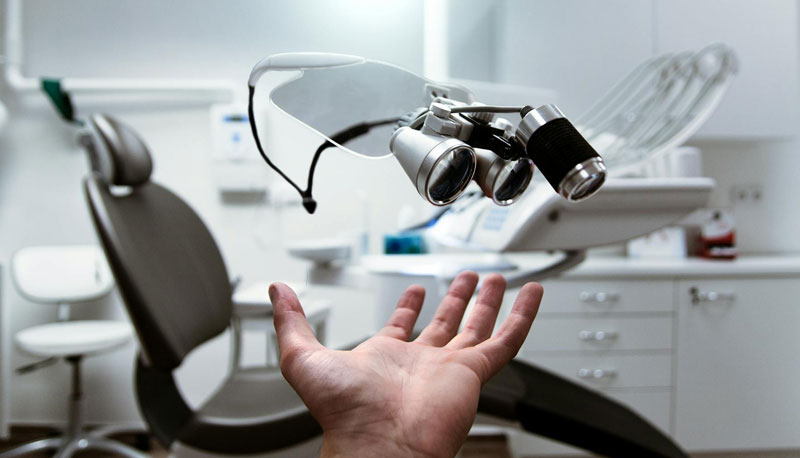
Laser eye surgery as it is practiced today, has its roots in a serendipitous accident involving a boy who fell into glass. After the boy healed, his vision improved. The doctor who witnessed the case was forever intrigued and began a quest to discover what would become the laser eye surgery procedure.
Scientists and optometrists are continually searching for new discoveries that will lead to the next breakthrough in medicine. As revolutionary as laser eye surgery is for operating on the cornea, there remain conditions that need updated cures.
Medical research is done in a series of phases. The first phase involves collecting data and determining the feasibility of a study. If this proves positive, animal testing will be the next step. After years or sometimes decades, human trials may begin. Medical research participants are always in demand, and often well compensated. Sign up for a clinical medical research trial today!
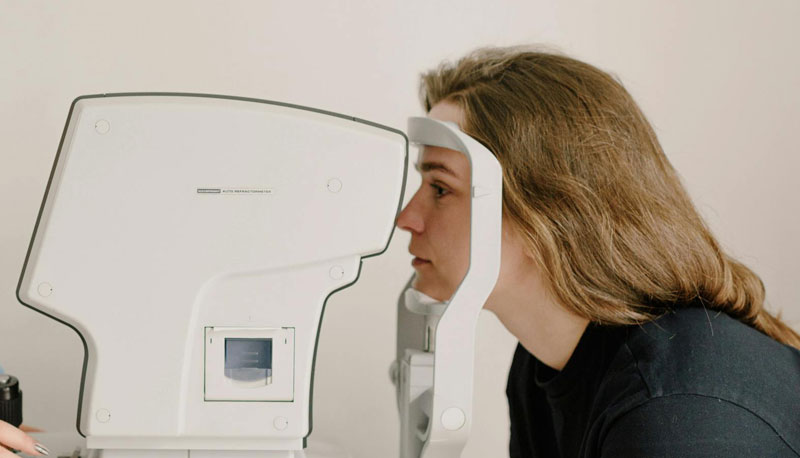
When you go in for an eye exam your optometrist may use a variety of procedures and tests to examine your eyes. Some of these tests will be simple test like letter charts and other tests will be more complex such as using high-powered lenses to view tiny structures inside of the eye.
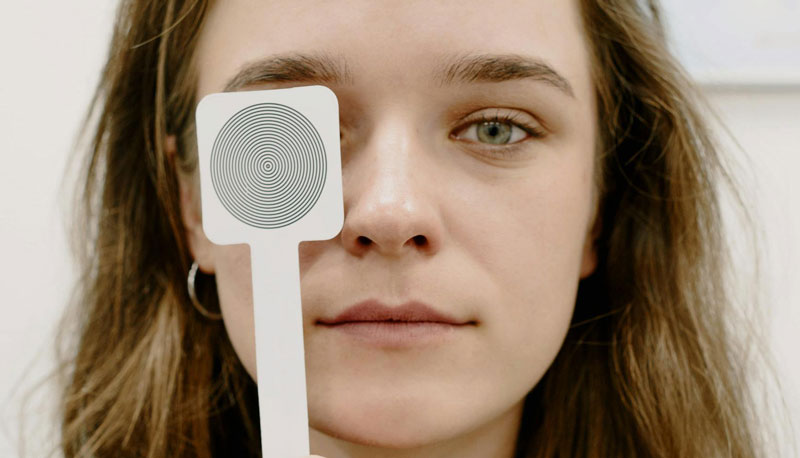
Because August is Eye Health Month we thought that we would share a few tips for maintaining healthy eyes and vision.
1. Wear sunglasses that provide a high level of UV protection. A minimum of 400 UV protection is recommended for outdoor activities. When driving or participating in sports on the snow or water it is especially important to wear sunglasses because the glare can have damaging effect on your eyes. UV rays from the Sun can cause cataracts to form more quickly. Cataracts are the leading cause of blindness in the world. UV rays can also contribute to macular degeneration and other eye problems.
2. Avoid redness relieving eye drops. Redness relieving eye drops only treat a symptom of eye problems. Redness is an indication of increased blood flow to the eye. Eye drops that reduce redness reduce blood flow to the eye and thereby reduce the amount of healing that can occur naturally. It is best to use redness relieving eye drops sparingly if at all.
4. Take care of your overall health. your eyes are an organ nested in a more complex system. Maintaining better overall health can reduce problems of the eyes and vision. Diabetes and hypertension can have found significant negative effect on your vision. diabetes is a preventable condition in most cases and it is the leading cause of blindness in the United States. improving your overall health can improve your vision and Eye Health.
3. Follow a good diet. A diet high in fresh fruits that have a low glycemic index and vegetables that are leafy and green will have more vitamins, minerals and antioxidants that you need to maximize your eye health and minimize your risk of macular degeneration.
5. Give your eyes a break. Avoid excessive eye strain and avoid prolonged strenuous use of your eyes. If you work on a computer screen, read excessively, or work with other close up situations, try to take breaks frequently and regularly. Follow the 20-20-20 rule for better eye health. Every 20 minutes of strenuous eye work give yourself at least 20 seconds up staring somewhere else at a distance of at least 20 feet away. This will help your eyes to refocus at a distance that is different. This will help your eyes avoid being strained during close-up extended use.
6. See a professional regularly. Having a professional examine your eyes and vision can catch problems before they become serious and prevent you from developing more permanent conditions. If you have been prescribed contacts make sure you follow the directions for your brand and type of contact. Improper use of contact lenses such as overusing the lens or not properly washing the lens can have detrimental effects on your vision.
Services at a Glance
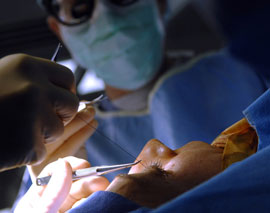
Opticole has referrals to state-of-the-art optometry facilities. When you have your eyes examined, you will be given a medical exam focused on the eyes. Next often will include a vision test, where a prescription will be determined.
read more...
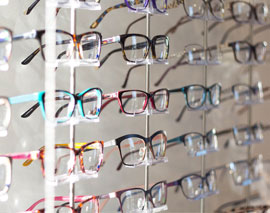
Once you have been given a prescription by your optometrist, your lenses must be crafted with care. Your choice of contacts and which style of frames will be determined in part by your prescription.
read more...
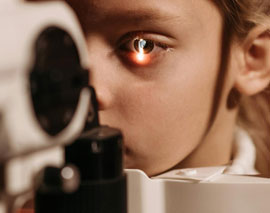
Clinical medical research is now being done by a variety of facilities in all fields of medicine. Clinical research can lead to the development of new techniques and cures. Participate in a medical research trial.
read more...
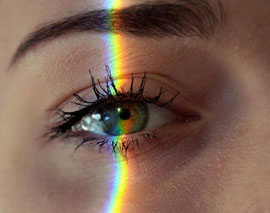
Laser assisted corrective eye surgery can be an excellent option for those who are suffering from distorted vision. New techniques are being developed. If you were not a laser surgery candidate in the past, you may be today!
read more...Request an Appointment
Thank You for Contacting Us.
info@opticole.com
Monday - Friday
9:00 am to 5:00 pm
775-241-3662